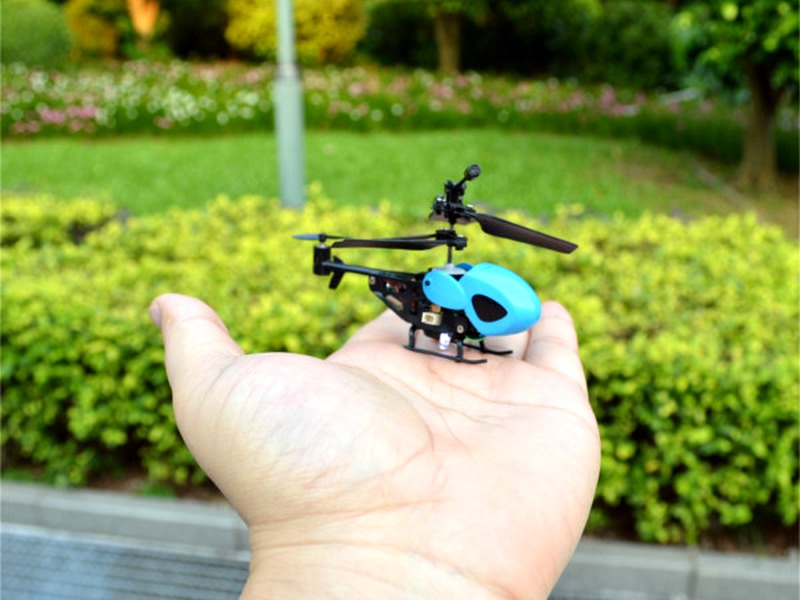Are RC Helicopters Hard To Fly?

RC helicopters can be a fun and exciting hobby, but they can also be quite challenging to fly. The complexity of the helicopter’s design and the precision required to fly them make them a difficult hobby to master.
The first thing to consider when trying to fly an RC helicopter is the size and type of helicopter. Larger helicopters are more difficult to fly than smaller ones, and electric helicopters are much easier to fly than nitro or gas-powered ones. Electric helicopters are also much quieter and more reliable than nitro or gas-powered helicopters.
Once you’ve chosen the right size and type of helicopter for you, the next step is to learn the basics of helicopter flight. You’ll need to learn how to hover, turn, and climb and descend. You’ll also need to learn how to control the throttle to maintain a steady altitude. Many people find it helpful to practice with a simulator before attempting to fly a real helicopter.
The most important skill to master when flying an RC helicopter is the ability to control the yaw. This is the ability to rotate the helicopter left and right. This can be difficult as the helicopter is constantly moving and the slightest error can cause it to spin out of control.
Once you’ve mastered the basics, you’ll need to practice more advanced maneuvers such as loops, rolls, inverted flight, and aerobatics. These maneuvers require a lot of practice and patience, and it can be easy to become frustrated if you don’t get them right.
Finally, it’s important to remember that flying an RC helicopter is a skill that takes time and practice to master. It’s not something that you can learn overnight, so be prepared to spend a lot of time and effort learning how to fly your helicopter.
In conclusion, RC helicopters can be a fun and rewarding hobby, but they can also be quite challenging to fly. It takes time and practice to master the basics and more advanced maneuvers, and it’s important to remember that even experienced pilots make mistakes. If you’re willing to put in the time and effort, however, you can become a skilled RC helicopter pilot.
Comments / Question
2. Gyroscope: A gyroscope helps to stabilize the helicopter and keep it from spinning out of control.
3. Proportional Control: Proportional control helps to adjust the speed of the helicopter depending on the user’s skill level.
4. Crash Resistant Construction: Many RC helicopters are built with crash resistant materials such as aluminum and carbon fiber to help minimize damage in the event of a crash.
5. Emergency Stop: Many RC helicopters come with an emergency stop feature that allows the user to quickly stop the helicopter in the event of an emergency.
2. Wear safety glasses to protect your eyes from debris.
3. Make sure your helicopter is in good working condition before flying.
4. Fly according to the manufacturer's guidelines.
5. Make sure you have an instructor present if you are a beginner.
6. Be aware of your surroundings and other aircraft in the area.
7. Avoid flying in bad weather conditions or near airports.
8. Do not fly higher than 400 feet.
9. Stay away from birds and animals.
10. Turn off the motor immediately if the helicopter starts to spin or lose control.
2. Manual dexterity: Being able to maneuver the controls of an RC helicopter requires a steady hand and the ability to make quick adjustments.
3. Patience: Flying an RC helicopter takes practice and patience.
4. Motor skills: Being able to coordinate the movements of the joystick and the throttle are essential skills for successful operation of a remote-controlled helicopter.
5. Ability to troubleshoot: Being able to identify and correct mechanical issues with the helicopter is important.
6. Knowledge of safety procedures: Knowing how to safely operate an RC helicopter and how to react in an emergency is essential.

